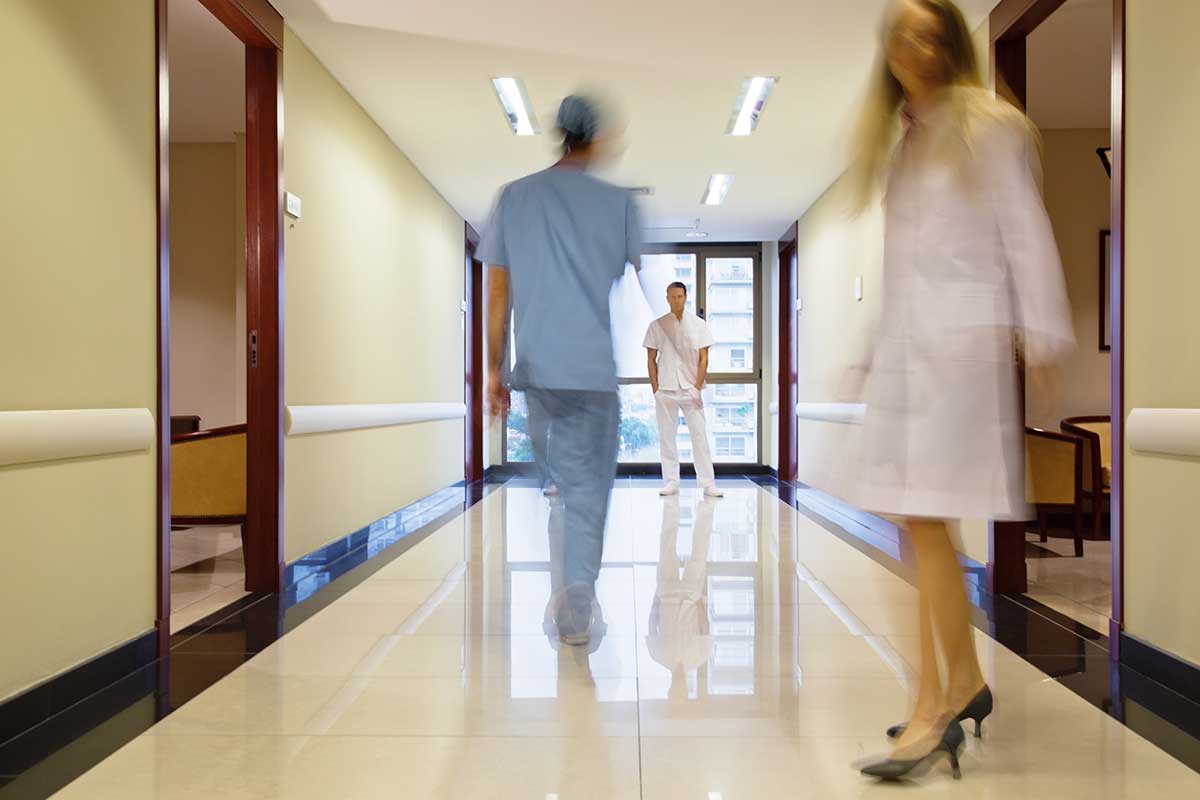Hospital Air Filters

Nowhere is human health more of a consideration in terms of air filtration than health care facilities like hospitals, urgent care centers, out-patient facilities or doctor’s office and even dental care facilities. In many of these settings building occupants are already immune-compromised making these people much more susceptible to airborne contaminants that might otherwise be handled by our body’s natural protection system. Similarly, doctors, nurses, medical staff and visitors are more at risk because of increased exposure and the increased density of sick people within a given space. According to the Centers for Disease Control (US CDC) more than one out of six patients leaving a hospital leaves the hospital with a hospital acquired infection. Each type of healthcare facility presents its own unique problems.
- Hospitals can have hundreds of beds increasing the possibility of airborne contaminants just based upon the probability of so many sick people in such a confined area. Their air distribution systems are often centralized incorporating MERV 8 prefilters and MERV 14 final filters as required by cognizant authorities. Some hospitals even apply HEPA filtration as an additional stage, an impressive investment to protect their employees and patients. They also have additional areas of concern that include:
- Operating suites, a location with the person undergoing the procedure is much more susceptible to infection. In modern facilities these high risk patients are protected with in-ceiling HEPA modules that deliver ultraclean air in a washing pattern across the patient during the procedure.
- Nurseries and pediatric care, an area occupied by our most at-risk patients. Newborns and infants have not had the opportunity to develop the body’s natural protection systems with regard to airborne contaminants. Many newborns spend their first days in an incubator that includes the highest level of contaminant protection, a HEPA filter.
- Patient waiting and out-patient care areas, the typical first stop of those suffering from and of a variety of ills that may include colds or the flu. One sneeze can produce over one million particles that can infect. The air filtration applied in these areas is a first line of defense for employees or non-infected visitors.
- Specialty areas such as morgues, laboratories, pharmacies and radiation-oriented treatment areas. These areas may apply high efficiency MERV filters, HEPA filters, carbon filters or combination thereof.
- Sadly some older facilities only have through-the-wall single room HVAC units that are limited in terms of what filters may be applied. Although difficult to address, these units should have filters installed with the highest MERV possible.
- Urgent-care centers, out-patient facilities and doctor’s offices should apply a minimum of MERV 13 filters in their HVAC systems to combat the maladies that may be introduced by patients or visitors. An extra precaution here is to increase the air changes to the space by running the fan constantly as opposed to HVAC temperature cycling. Overall particle capture efficiency can always be improved with a higher efficiency filter, but can also be improved with more air changes as more particles are removed by every additional exposure to the air filter in the system.
- Dental care facilities have additional contaminants that are related to their processes. Employees and patients can benefit through the use of high level filtration to address particulate and gases.
